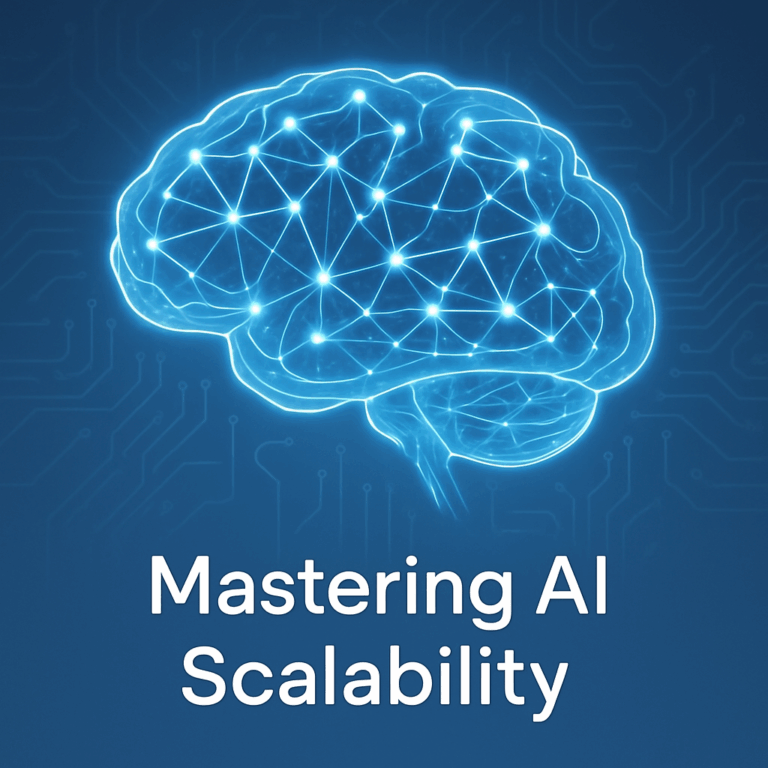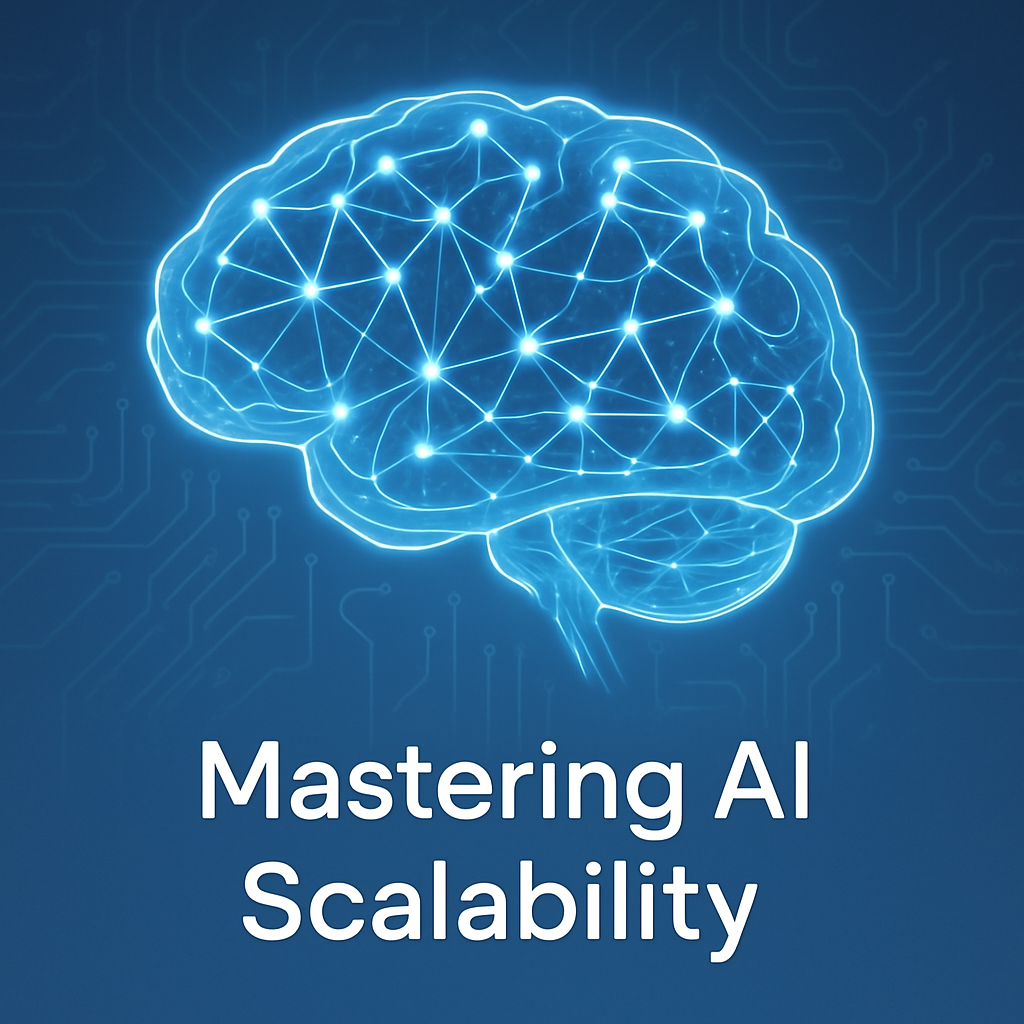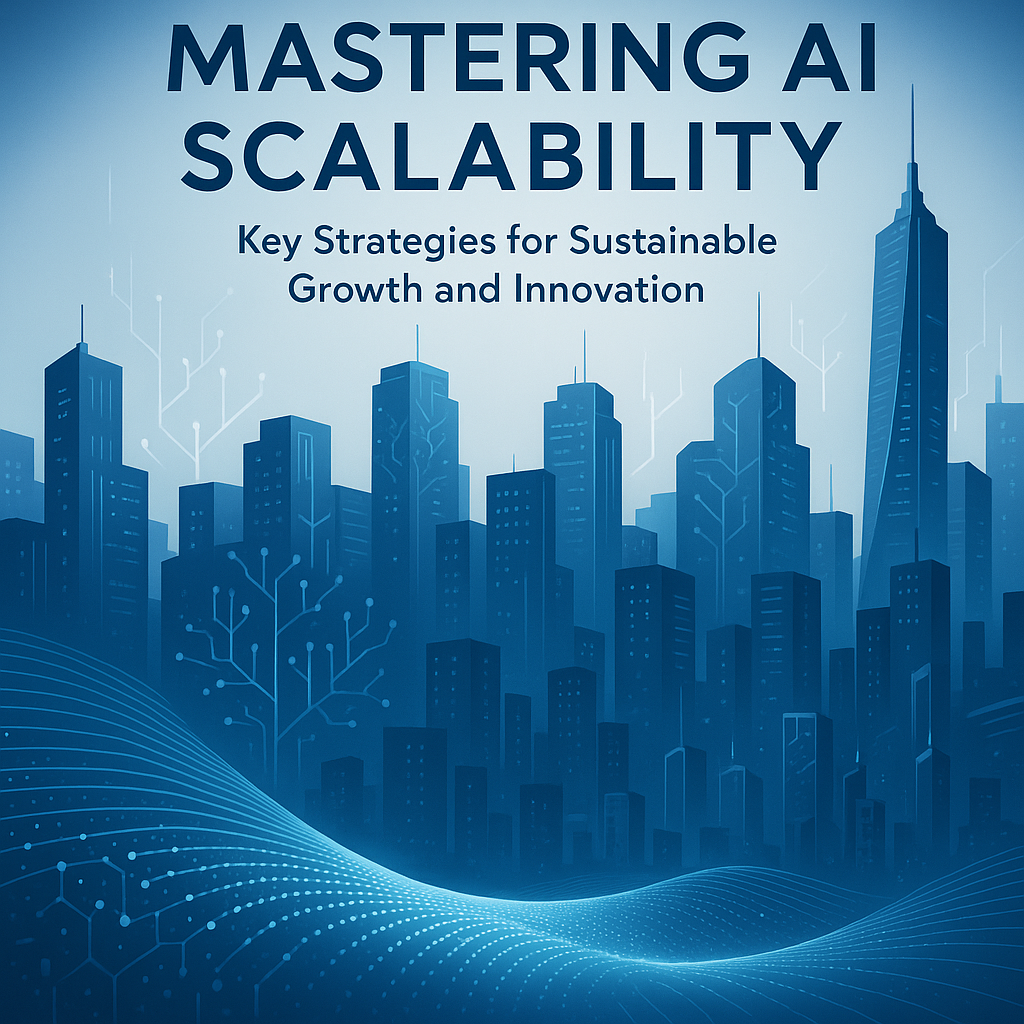Mastering Scalability in AI Development: Strategies to Elevate Your AI-Driven Systems

Understanding Scalability in the Context of AI
In the rapidly evolving landscape of artificial intelligence, the ability to build scalable AI-driven systems is no longer a luxury—it is a necessity. Scalability refers to a system’s capacity to maintain or improve performance and efficiency as demand grows, whether in terms of data volume, user base, or computational complexity. For businesses leveraging AI to innovate and optimize operations, scalable AI solutions translate into sustainable competitive advantage, streamlined workflows, and resilient infrastructure that adapts to future challenges.
The intersection of programming, machine learning, and systems design demands a meticulous, forward-thinking approach to scalability. Without it, AI projects risk becoming bottlenecks in business strategy execution, hampering innovation and agility.
Architecting for Scalability: Foundations and Best Practices
Successful scalable AI development begins with thoughtful system architecture. At its core, scalable AI leverages modular design principles ensuring components—data preprocessing, model training, inference engines—can evolve independently. Decoupling facilitates parallel development, more manageable debugging, and incremental updates without disrupting the wider system.
One foundational best practice is adopting microservices architectures over monolithic AI systems. Microservices allow distributed deployment of AI components, optimizing computing resources dynamically. This approach aligns well with cloud-native environments, enabling elastic scaling according to real-time demand.
Equally critical is data pipeline scalability. AI models are fundamentally data-driven; thus, engineering robust, efficient pipelines capable of handling massive, heterogeneous datasets is imperative. Implementing stream-processing frameworks, data versioning, and real-time monitoring ensures continuous data quality and availability essential for retraining and model updates.
Leveraging Machine Learning Frameworks and Platforms
The AI engineering community benefits from a rich ecosystem of scalable machine learning frameworks such as TensorFlow, PyTorch, and Apache Spark MLlib. Selecting the right framework involves considering interoperability, ease of deployment, and support for distributed training. These frameworks incorporate built-in parallelism and hardware acceleration that drastically reduce training time and support high-volume inference workloads.
Equally, leveraging container orchestration tools like Kubernetes enhances scalability by automating deployment, resource allocation, and load balancing across clusters. This synergy between software development tools and systems design fosters an infrastructure that can grow seamlessly with business demands.
Optimizing Model Architecture and Training Processes
Scalability in AI is heavily influenced by the efficiency of underlying models. Engineering lightweight, customizable architectures—such as transformer variants with adaptive attention mechanisms or pruning techniques—can balance performance with resource consumption.
Incremental and transfer learning techniques enable models to scale their knowledge without retraining from scratch, saving substantial computational cost. Employing distributed training practices, like data parallelism and model parallelism, further accelerates model refinement.
Careful hyperparameter tuning and automated machine learning (AutoML) pipelines contribute to scalable process automation, reducing manual intervention and improving reproducibility — vital for business operations where consistent performance is paramount.
Integrating AI Scalability with Business Innovation and Strategy
Scalable AI development is not just a technological challenge but a strategic business enabler. Systems designed for scalability empower organizations to respond to dynamic market conditions, diversify AI-driven product offerings, and scale marketing campaigns through predictive analytics.
For business strategy, embedding scalability considerations from the outset aligns AI solutions with long-term goals, allowing technology investments to compound value. For example, scalable AI-powered robotics deployed on the manufacturing floor can adapt to increasing production lines without additional engineering overhead, directly impacting operational efficiency.
Moreover, technology management practices should integrate cross-functional collaboration between data scientists, engineers, and business stakeholders. This ensures that scalable AI systems address real business pain points while maintaining user-centric design—crucial for adoption and impact.
Preparedness for the Future of Computing and AI
Anticipating future technology trends informs scalable AI development. Quantum computing, edge AI, and federated learning emerge as key frontiers that will redefine scalability limits. Forward-looking programming teams must architect AI systems flexible enough to incorporate these innovations without wholesale redesign.
From a software development perspective, embracing continuous integration/continuous deployment (CI/CD) pipelines tailored for AI workloads guarantees rapid iteration and model deployment. This practice enhances scalability by treating AI models as living software entities rather than static assets.
Finally, sustainability concerns prompt adopting energy-efficient algorithms and hardware strategies. Efficient scalability goes hand-in-hand with ecological responsibility and business cost savings—a synergy vital for long-term success.
Closing Thoughts: The Art and Science of Scalable AI Systems
Scalable AI development sits at the nexus of logic and creativity—requiring engineers to decode complex challenges and translate them into elegant, adaptable systems. Meticulous attention to modularity, data engineering, model efficiency, and collaborative alignment with business goals lays the groundwork for AI solutions that evolve with purpose.
By integrating advanced systems design with strategic foresight and empathetic user focus, AI-driven organizations unlock new heights in business innovation and operations excellence, shaping the future of technology and programming in a competitive global landscape.


